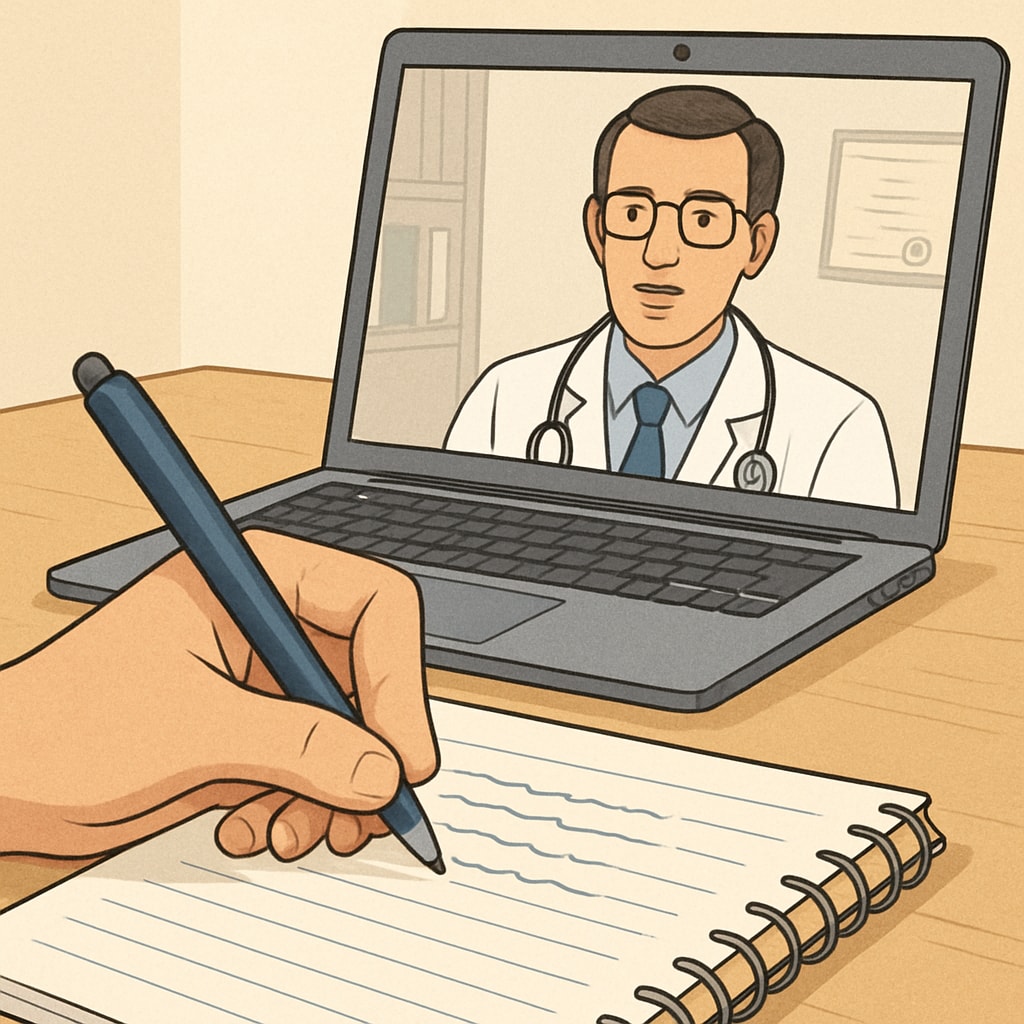Incorporating medical career interview projects into K12 education provides students with a unique opportunity to explore the medical profession, interact directly with doctors, and gain valuable insights into healthcare careers. These projects not only enhance students’ understanding of the field but also help them develop essential skills for career planning and self-awareness. This article will explore the steps to design and implement such projects effectively, ensuring meaningful interactions between students and medical professionals.
The Value of Medical Career Interview Projects in K12 Education
Medical career interview projects play a vital role in bridging the gap between education and real-world professions. By engaging students with medical professionals, schools can foster curiosity about the healthcare industry and help students envision their future roles within it. Additionally, these projects encourage critical thinking, communication, and research skills, which are essential for academic and professional growth.
For example, students can learn about the diverse specialties within medicine, the challenges doctors face, and the rewards of serving patients. These firsthand accounts can inspire students to pursue careers in healthcare or gain a better appreciation for the role of medicine in society.

Designing an Effective Medical Career Interview Project Framework
To ensure the success of medical career interview projects, schools should adopt a structured framework that emphasizes preparation, interaction, and reflection. Below are the key steps to design such a framework:
- Identify Objectives: Determine the goals of the project, such as increasing awareness about medical careers, improving communication skills, or fostering interest in STEM fields.
- Collaborate with Medical Professionals: Partner with local hospitals, clinics, or medical associations to invite doctors who can share their experiences with students.
- Prepare Students: Teach students how to conduct interviews by providing them with guidelines, sample questions, and tips for professional interaction.
- Facilitate the Interviews: Organize sessions where students can interact with doctors, either in person or virtually, ensuring a comfortable and engaging environment.
- Reflect and Analyze: Encourage students to share their learnings through presentations, essays, or classroom discussions to solidify their understanding and inspire deeper exploration.
By following this framework, schools can create impactful and memorable experiences for students while building connections with the medical community.

Engaging Students in Meaningful Conversations with Doctors
To maximize the impact of these projects, it is essential to guide students in conducting meaningful and respectful conversations with medical professionals. Here are some tips for fostering effective interactions:
- Encourage Open-Ended Questions: Teach students to ask questions that invite detailed responses, such as “What inspired you to become a doctor?” or “What challenges do you face in your daily work?”
- Promote Active Listening: Highlight the importance of attentively listening to the answers and asking follow-up questions based on the doctor’s responses.
- Focus on Career Insights: Guide students to explore various aspects of the profession, including education requirements, work-life balance, and career growth opportunities.
- Respect Time and Expertise: Ensure students understand the value of the doctor’s time and approach the interview with professionalism and gratitude.
These principles not only enhance the quality of the interviews but also teach students essential life skills such as communication, respect, and curiosity.
Readability guidance: Breaking content into concise paragraphs and lists ensures clarity, while the use of transitions such as “for example,” “as a result,” and “in addition” maintains flow. Avoid lengthy sentences and prioritize active voice for a more engaging narrative.


